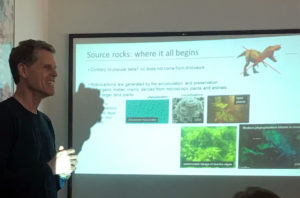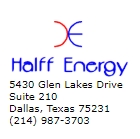After a long (> 2 yr) and somewhat arduous process, the PBRL is proud to announce publication of a new paper entitled “Detrital zircon provenance evidence for an early Permian longitudinal river flowing into the Midland Basin of west Texas,” published in the peer-reviewed journal International Geology Review.
The paper provides evidence of a large, axial, early Permian river system draining the Appalachian foreland basin and northern Gondwanan provinces, delivering detrital clastic sediments directly into the Permian Basin from the east and south. as part of the giant Spraberry submarine fan complex. Previous models have emphasized a northern source for Spraberry sand- and siltstones. A large axial river system from the south would have delivered copious amounts of nutrients into the Permian Basin sea, fostering organic productivity. This may have been an important factor in the enrichment of Permian organic material within the basin and ultimately, in the production of world-class hydrocarbon source rocks.
A copy of the paper is posted in “Presentations and Data” section of the PBRL website




